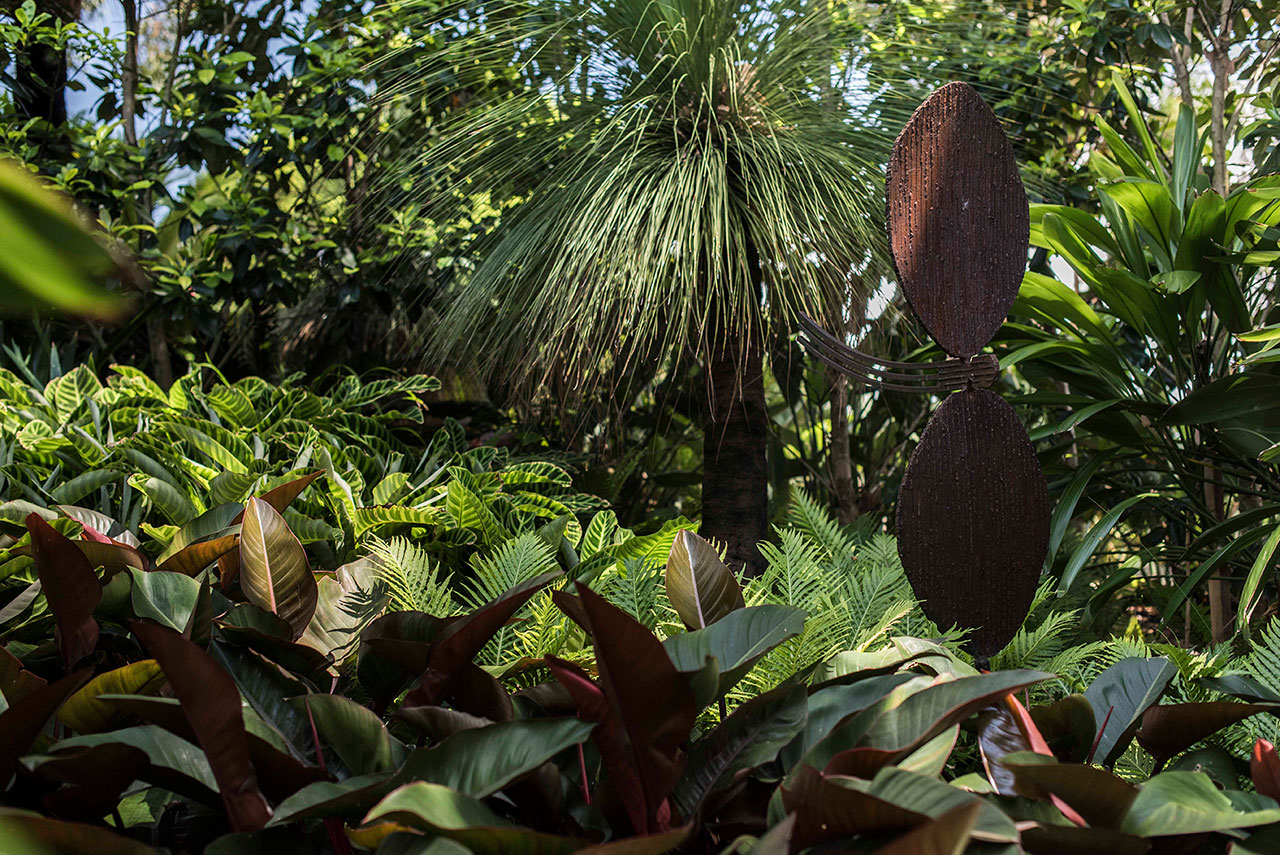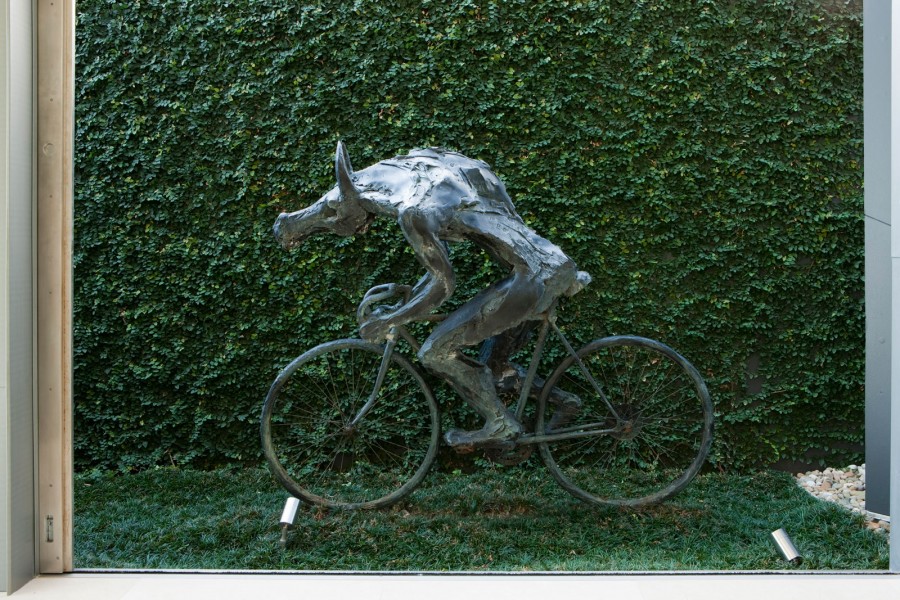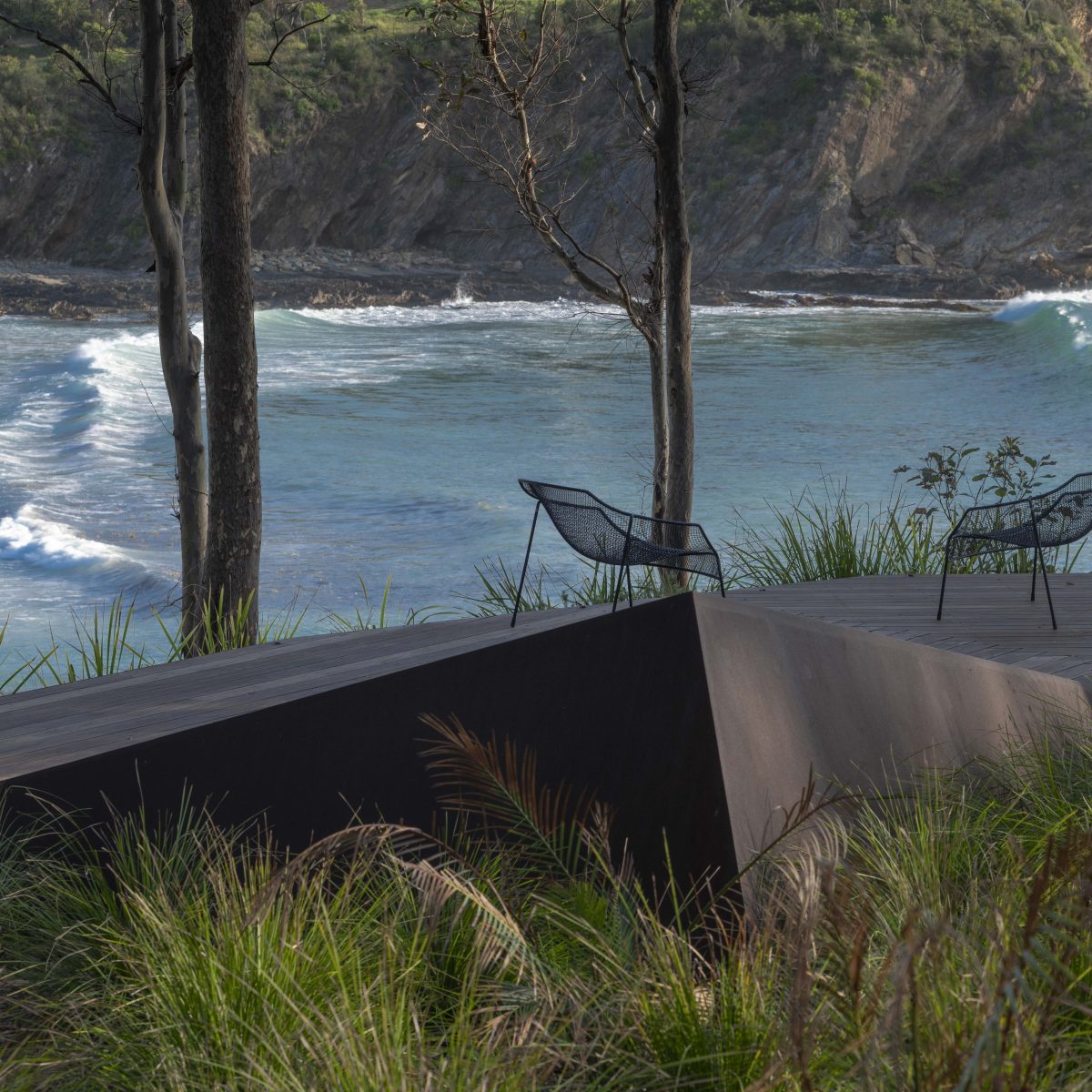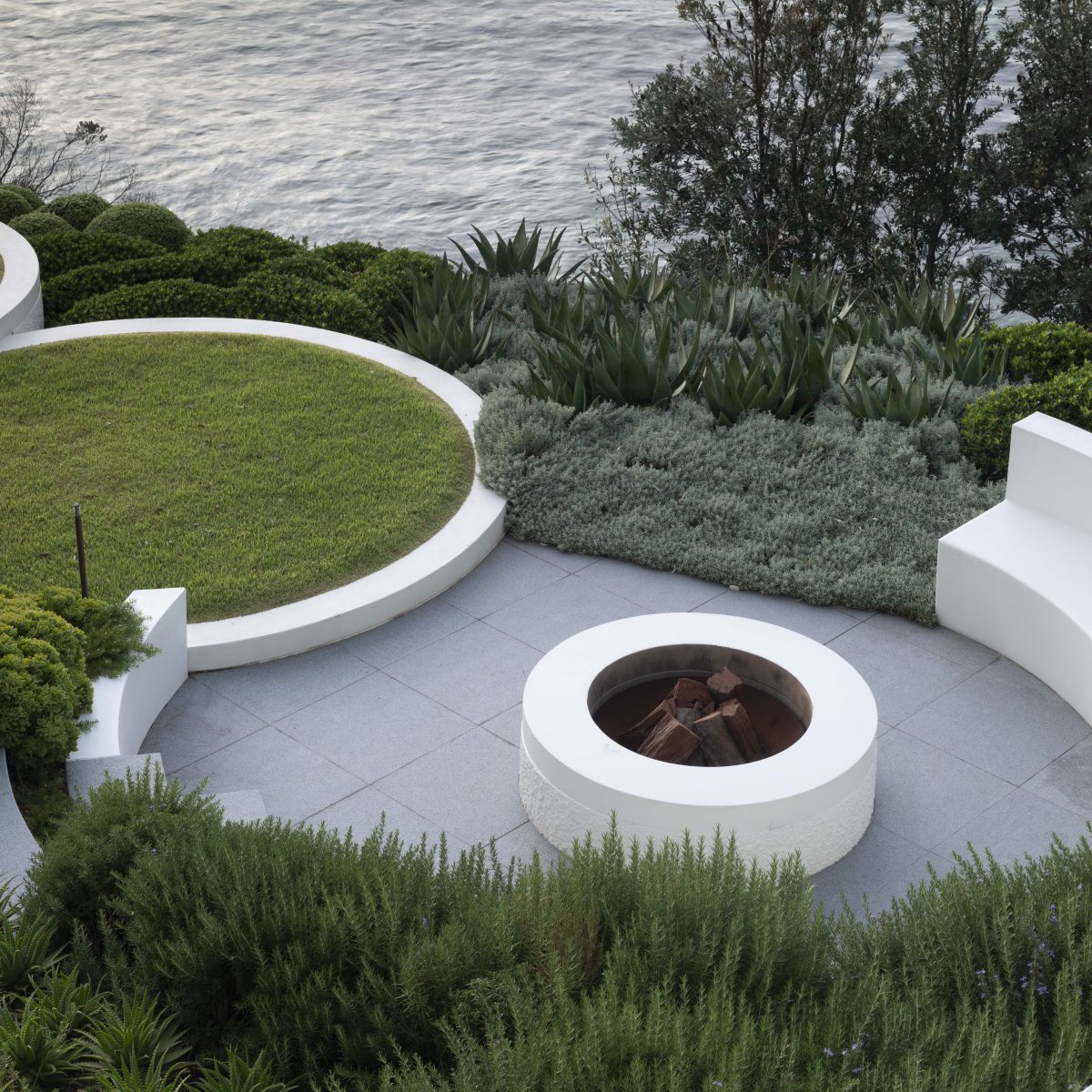Is garden art for me?
Sculptures are not just for large, stately gardens, although the scale of the garden will influence what type of art you choose. If you’re lucky enough to be working with vast grounds, you can get away with placing a towering statue in the centre of a sweep of lawn, while a smaller garden might be better suited to something against a wall, tucked into a secret nook. In fact, garden art is often better as something you stumble across as you journey through the garden, a delightful surprise that adds a sense of discovery and adventure to the space.
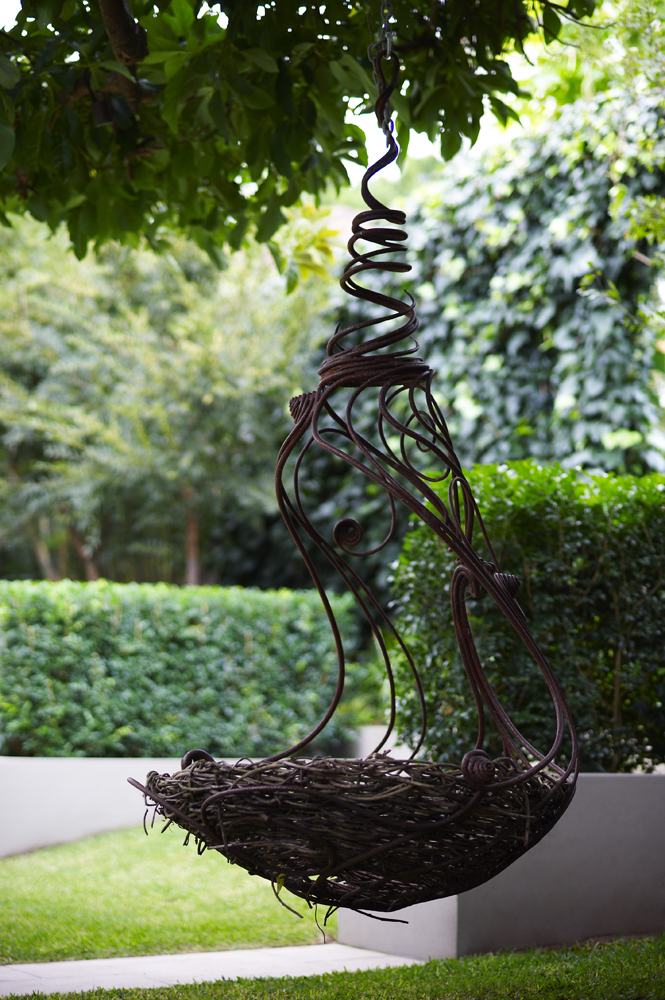
When positioning garden art, place it somewhere it will give you joy. Don’t be tempted to thrust a giant sculpture in the front garden for everyone but yourself to see. Instead, think subtlety; position it at the end of a narrow side passage, for example, or make it the centrepiece of an internal courtyard, creating a private corner for quiet contemplation.
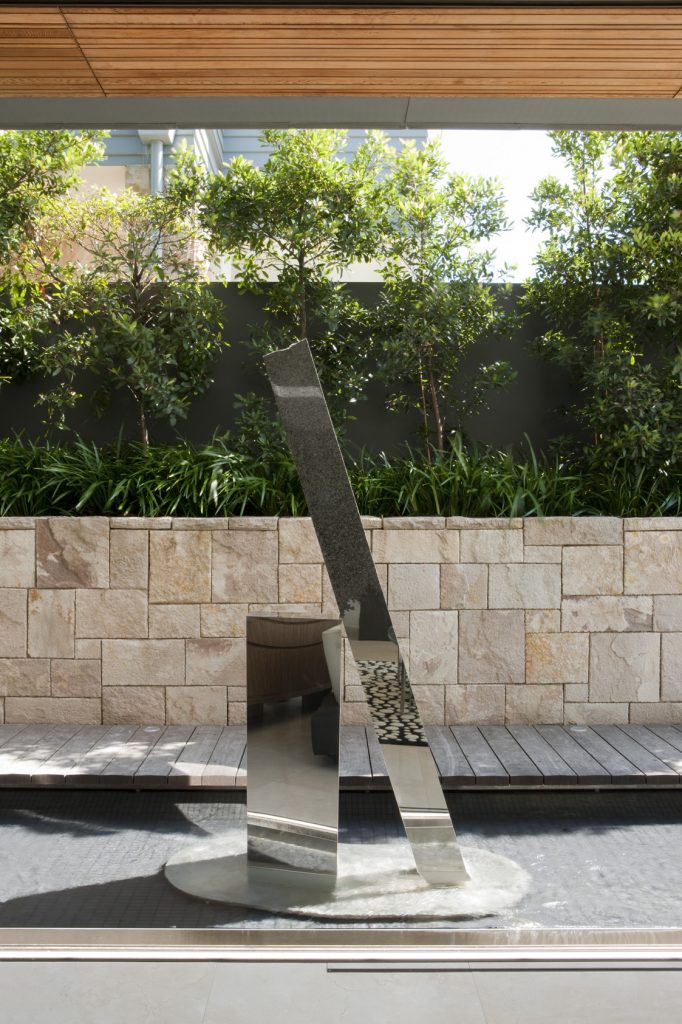
Choosing the right garden art
In our experience, garden art usually doesn’t go in on completion of a garden – partly because funds might be tight at the end of a large construction project, but mostly because it’s better to wait to find the right piece, one that you truly love and that will then appreciate in value. It also allows you to get a good feel for the space before choosing and allows the garden to mature into a more fitting canvas for your chosen art.
Ultimately, choosing art is a deeply personal decision, but consider this: is it a classic piece, one that you will still love in 10 years? Ask also if it’s durable and will survive in the often-harsh conditions of the outdoors. Though most outdoor sculptures ought to be built to last, some – such as stainless steel or anything with moving parts – will require maintenance and may be adversely affected by salty breezes and the like. The best materials will be metals, like copper and bronze, and stone, which gain a patina over time and are improved by this.
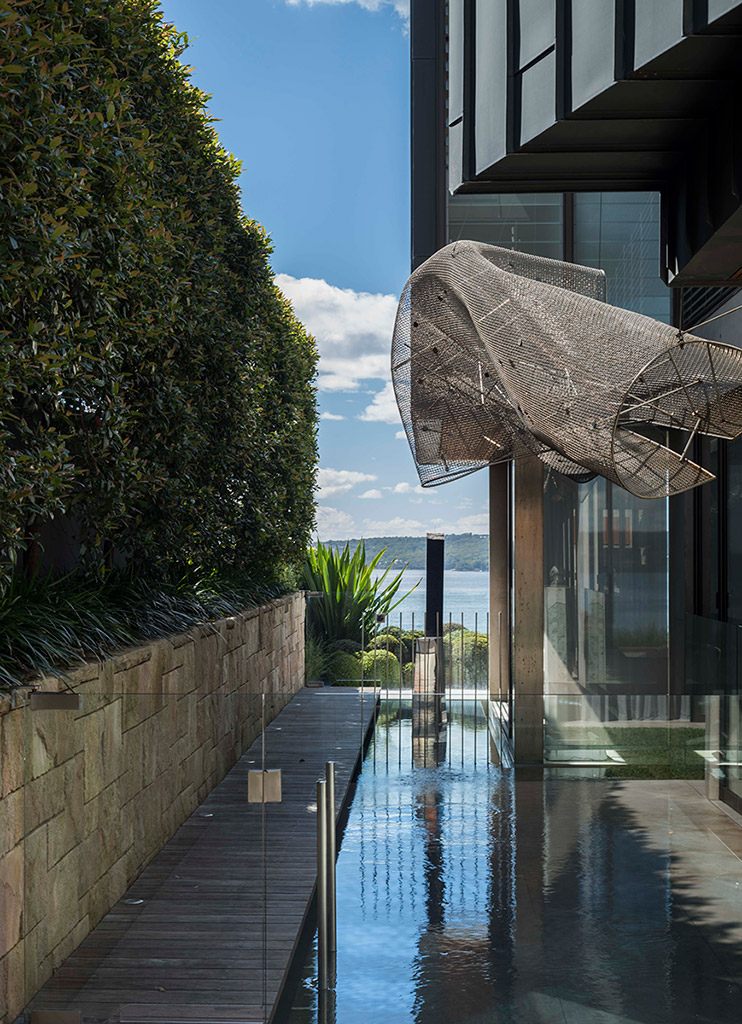
The art of display
Once you’ve chosen the right artwork, it’s worth spending an equal amount of effort to display it right. Good lighting is key – and we don’t mean shining a spotlight squarely on the sculpture. Depending on the piece, you might like to up-light it from flush-mounted lawn lights, or down-light it from wall-mounted fittings or a pendant hung from a tree. Play with shadow, whether that means shining lights to throw interesting shadows onto a wall behind the sculpture or, as in director Matt Cantwell’s own garden, nestling lights amidst foliage to throw interesting shadows onto the sculpture itself.
